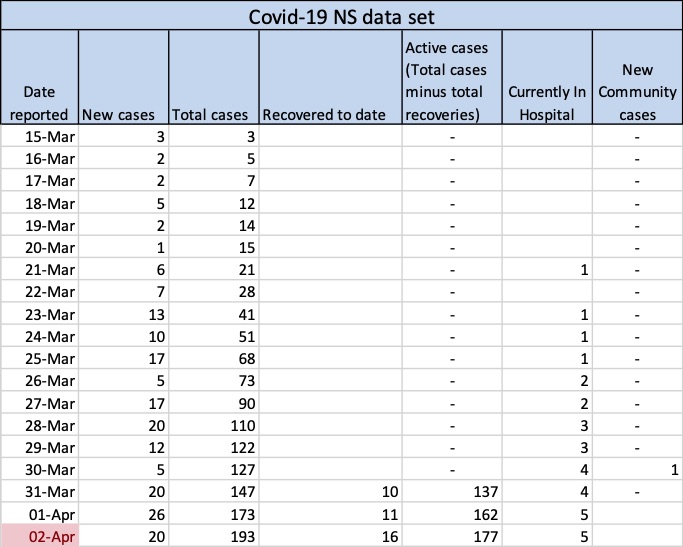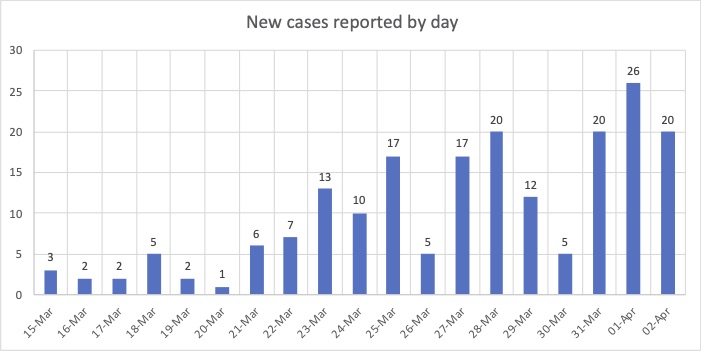THE SHORT VERSION
Yesterday the CBC Halifax website asked, “With Nova Scotia’s reliance on coal, are electric vehicles the greenest option? — Environmental advocates say EVs are only as green as the power grid they charge from.”
Seasoned news hounds know that when a headline poses a question, the answer is almost always “no”.
This is unfortunate because the answer is “yes”. Despite our “reliance on coal”, EVs in Nova Scotian generate roughly half of the greenhouse gases emitted by clunky internal combustion engine vehicles (ICEVs). EVs are also cheaper to drive, quiet and fee of foul odours. And they accelerate fast enough to snap your cranium back onto the headrest.
THE LONGER VERSION
The CBC didn’t answer its own question, even though Dalhousie’s Larry Hughes, one of the experts interviewed for the story, told them how to do it.
Hughes began with an obvious point: “When we talk about the electric vehicle, we have to take into account the emissions from the electricity provider.”
The CBC then paraphrased him: “when discussing the emissions of electricity providers, the metric is grams per kilowatt hour. Just like an internal combustion vehicle consumes litres of gas per 100 kilometres, electric vehicles consume an amount of kilowatt hours of electricity per 100 kilometres.”
So, let’s answer the question.
My car, a typical EV, records its electricity use and advises that I consumed an average of 17.5 kWh per 100 km in 2021.
According to Nova Scotia Power’s 2020 emission intensity report, the utility emitted 629.7 grams of carbon (strictly speaking, carbon dioxide) for each kilowatt-hour (kWh) it sold me.
This means my car indirectly emits 11,020 grams of carbon per 100 km (17.5 X 629.7).
How do cars fuelled by gasoline, the same fuel used in Molotov cocktails, compare?
On average, a Canadian car burns nine litres of gasoline per 100 km and each burned litre creates 2,300 grams of human habitat-killing carbon dioxide. This means the average fossil-burner directly emits 20,700 grams of carbon every 100 km (9 X 2,300).
Put another way, my average EV emits just 53% of the carbon emitted by a fossil-burner. Yep, right here in Nova Scotia. And that number will get better as more hydro from Muskrat Falls gets into the energy mix. (Fingers crossed on that one, based on the flow we’ve seen so far.)
HOW IS THIS POSSIBLE WHEN WE’RE HOOKED ON COAL?
There are two reasons. Nova Scotia Power has cut its emissions intensity by 30 per cent over the past 15 years and electric motors are about two and a half times more efficient than internal combustion engines. The same amount of energy that moves an ICEV 100 km drives my EV for 250 km.
In other words, EVs give you more bang for your buck. Literally. A litre of gasoline currently costs $1.73, so a 100 km trip in a gas-burner comes to $15.57. A kilowatt-hour of electricity costs about $0.20, taxes in, so a 100 km trip in my EV comes to a whopping $3.62. Volatile, odiferous gasoline will hit that benchmark when the cost drops to 40 cents per litre, a price unseen since the last dinosaur was killed by a rock from space.
Price stickers on new cars should include, prominently, grams of carbon emitted per 100 km.
PS: You may worry about the mining required to extract EV battery components. To that I say it’s possible to clean up mining sites when you’re done, battery components are recyclable (unlike gasoline) and, finally, let me just say “tar sands”.
PPS: I could use less electricity driving my EV, but there are few family-oriented fossil burners that can accelerate faster than an EV and, alas, boys will be boys. Sometimes when a traffic light turns green, I like to see them thar burners receding in my rear-view mirror and think: “Eat my electrons, CBC!”
-30-





